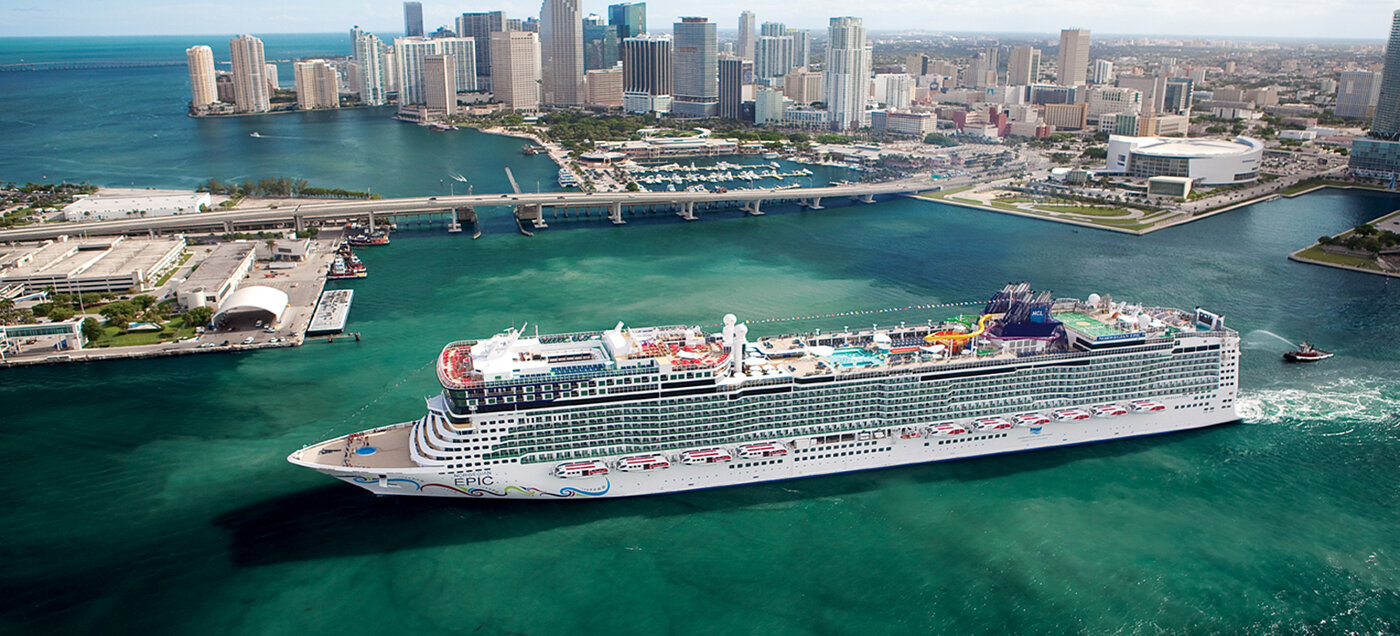What Would MLB, NBA Look Like Without Tanking? Kinda Like MLS
In another sport, the LA Galaxy might have opted to begin a rebuild in 2019. In MLS, they opted to … [+]
Despite the structure of the NBA Draft Lottery, it was not until the seventh team picking in last week’s NBA Draft — the Indiana Pacers — that a team made a selection that was only one year removed from a playoff appearance.
At next month’s MLB Draft, it won’t be until the sixth team that makes a selection, the Miami Marlins, and that’s only because the 2020 MLB Postseason was expanded to 16 teams due to the Covid-19 Pandemic.
The phenomenon of multiple teams spending multiple years without being competitive owes partly to what critics call “tanking” — the practice of purposefully forgoing immediate results for the sake of stockpiling talent for the future. The practice has come under scrutiny in recent years as baseball recently renegotiated its collective bargaining agreement and basketball faces the same task following the 2023-2024 NBA season.
Fans don’t like it because it makes things less interesting. Players don’t like it because if less teams are truly trying to win immediately, the cost of their labor goes down.
This isn’t new information for anyone who has closely followed either sport. But here’s something that might be: For all the talk of how to motivate teams not to engage in tanking, there’s one example in North American pro sports that might serve as a model to these leagues and others. It’s Major League Soccer.
While MLS at times gets criticized for being a closed system and not a pyramid like the promotion/relegation structures found in Europe and elsewhere, it has mostly avoided teams engaging in the struggle-now-t0-succeed-later tactics common to other pro sports on this continent.
There’s a simple reason: compared to the NFL, NBA, MLB and NHL, there are very few benefits given to MLS teams who finish last in the standings, at least in terms of building a roster for future teams.
This is as much happy accident as anything the league’s creators intended, and it owes more to beliefs about what is best for player development, not competitive balance.
Generally, elite young players are added to MLS rosters in one of three ways:
- They sign as Homegrown Players after playing for a club’s academy
- They sign as transfers from international clubs
- They are drafted out of college teams
Only the third mechanism resembles what occurs in baseball and basketball. And unlike baseball and basketball, the MLS SuperDraft actually isn’t considered very super: most elite domestic players go the academy route. Most elite international players are pros before they come to MLS and are signed first-come, first-serve.
The soccer ecosystem isn’t a perfect apples to apples comparison to that of the NBA or MLB. But there are some obvious benefits from the way player acquisition works.
The most obvious is that true long-term rebuilds — which can be traumatic for fans and organizations — basically don’t exist. At most, a new coach and front office may profess to need two years to transform a struggling team into a playoff contender.
This is most visible in the travails of recent expansion teams. Atlanta United, LAFC, Nashville SC and Inter Miami are all recent expansion sides who reached the postseason in their first seasons in the league. Two won trophies in their second, with Atlanta United hoisting the 2018 MLS Cup and LAFC the 2019 Supporters’ Shield.
That doesn’t mean there aren’t occasionally teams who struggle for extended periods. FC Cincinnati was pretty bad for their first three seasons in MLS, while the Houston Dynamo and Chicago Fire are two older clubs with relatively little to show for their recent efforts. But none of these clubs are trying to struggle for an extended period.
The biggest drawback of this system? The combination of parity and ambitious expansion makes it tougher to build clubs that are national, marketable brands and routinely challenge for titles.
The LA Galaxy (5 MLS Cups) and D.C. United (4 MLS Cups) are the most-decorated teams in MLS history. But neither have been title contenders in the last half-dozen years. At the continental level, the Seattle Sounders finally snapped a 22-year MLS drought by winning the 2022 Concacaf Champions League back in May.
If the NBA and MLB thought those benefits outweighed drawbacks, they already have institutions in place that they could begin to use more like MLS clubs.
For example, NBA and MLB teams could sign players who don’t pursue college directly to their G League squad minor league systems on a free-agent basis. If you want each team to have equal resources to sign developmental talent, you could restrict teams to signing players from their own regions. (This is one thing MLS does with its academy system, though some are pushing for the practice to end.) Or you could set a cap on how much bonus money teams could offer players, like MLB already does with international prospects.
That said, there are market conditions that make wiping out tanking and establishing parity easier in MLS. The soccer talent pool is truly world-wide, with a nearly infinite list of players who could theoretically assimilate to a league that is generally considered a second-tier competition, not one of the world’s absolute best. That’s just not true in MLB or NBA, where the players you develop truly need to be the best on the planet to be useful from a competitive standpoint.

/cdn.vox-cdn.com/uploads/chorus_asset/file/23658043/FourMonths_PriceJumps_CW_000064.JPG)

